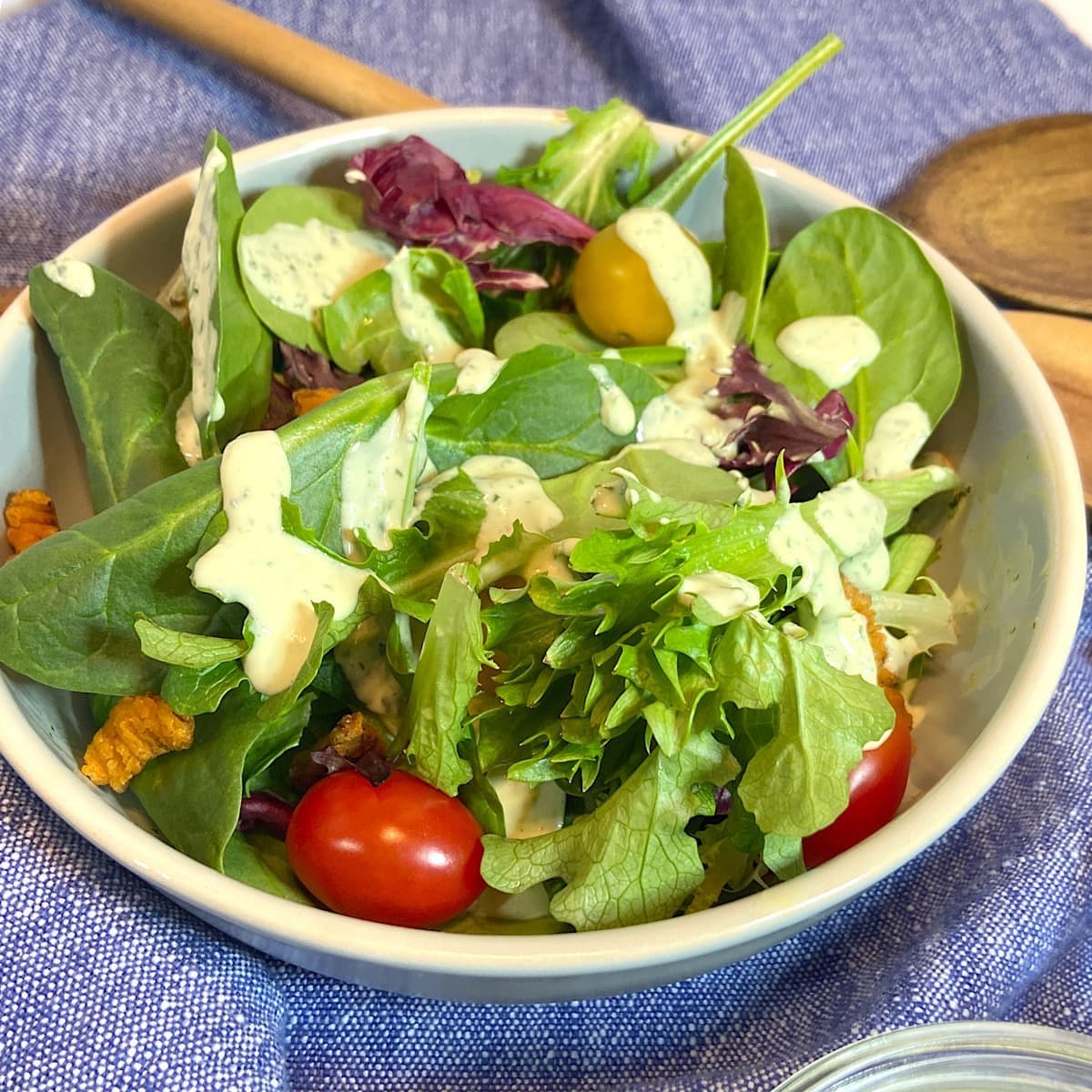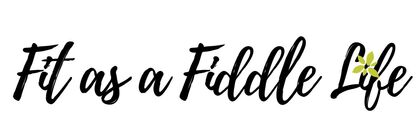This post may contain affiliate links. This means I may make a small commission at no additional cost to you when you make a purchase. Find out more in the Disclosure Policy
Want to start out right on the Keto Diet so you have successful weight loss? Check out 6 Keto Diet Mistakes to Avoid.
Are you just starting out on the Keto Diet and want to make sure you are following the rules?
Maybe you are a Keto Diet veteran but have fallen off the program and are ready to start again.
No matter where you are starting, here are six keto diet tips to avoid common mistakes on your Keto Diet Journey.
Keto Diet Mistakes to Avoid
Dr. Jeff S. Volek, a registered dietician, and Dr. Stephen D. Phinney, a medical doctor report that in their 50 years of shared experience they have worked with many patients, in fact, thousands of patients on low-carb diets. From this experience, they wrote a book called The Art and Science of Low-Carbohydrate Living.
This book details the health benefits of restricting carbohydrates to improve insulin resistance, metabolic syndrome, and Type-2 diabetes. In addition, they support switching to a low-carb/ high-fat diet that can help lower inflammation in the body.
It also explains why many of us who start the low-carb diet fail to remain in optimal ketosis.
Check out the following 6 Keto Diet Mistakes to keep losing weight on the keto diet.
Too Many Carbohydrates
One of the keto diet mistakes many dieters make is eating too many carbs. According to studies, we must stay under 50 grams of carbohydrates and many say closer to limit to 25gms per day to stay in ketosis.
The first keto tip to fix overeating carbs is to track your macronutrients, including carbohydrates. Every day.
Carbohydrates are the most important macro to track and many will just track carbs to simplify staying in ketosis. But it is really important to track fat and protein too.
Recording your marcos or macronutrients and workouts in a fitness journal or a fitness app on your phone is a great way to create accountability for your diet.
Too Much Protein

The second keto diet mistake is eating too much protein. The big promotion with the keto diet is that you can eat as much protein and fat as you want. Unfortunately, that simply isn't true.
Including too much protein in our diet causes the amino acids in the protein to be converted into glucose by a process called gluconeogenesis.
This is a fancy word for the body’s process of making glucose. WAIT! That’s what we are all trying to avoid!
So eating too much protein causes the body to make glucose. Then our body will use that glucose for energy rather than fat. This keeps us from getting into full-blown ketosis. This is where we start to burn optimal fat.
How do we fix that? We shoot for a maximum daily protein intake range of 1.5 -2.0 grams per kilogram of body weight or 0.6-0.9 grams per pound.
For example. A 140-pound woman eating 0.6-0.9 grams of protein per pound would translate to approximately 12 to 16 ounces of meat per day. There are on average about 5-7 grams of protein per ounce of meat. It varies by the type of meat.
You should plan to eat about 4 ounces of protein at each meal. You can check MyFitnessPal or another app to see how much protein is in 2-4 ounces of different kinds of plain meat.
We tend to eat too much lean meat. According to the authors Volek and Phinney, a well-formulated low-carb, high-fat diet should include only moderate amounts of protein.
The way to make this work is to choose fattier cuts of meat and salmon and use coconut oil, butter, and olive oils to cook the meat, and prepare sauces to accent your meals. This will satisfy the need to eat additional protein.
Not Enough Fat
Another common mistake when following the keto diet is not eating enough fat. We have been instructed for years to watch our fat intake and choose lean food choices. This is ingrained in how we cook and the food choices we make.
The food industry has spent tons of money supporting this recommendation, and you will find many brands that offer low-fat food options at grocery stores.
BUT:
have you ever stopped and compared the labels of the full fat to a reduced-fat option in the same brand? What you will find is that many times the producer will replace the fat with carbohydrates.
For example, when you bake you lower fat in a recipe, by substituting something like applesauce in its place. What is applesauce? It’s mainly a carbohydrate.
When looking up the macronutrients for applesauce, you find that a ½ cup of unsweetened, organic applesauce has 12 grams of carbohydrates, no protein, and no fat. BUT, 11 of the 12 grams are sugar!
To stay in optimal ketosis we must strive to eat 70% of fat in our daily caloric intake.
If you cut carbohydrates, but don’t eat enough fat you remove the body’s energy sources and you will feel terrible and give up on the keto diet plan.
A quick fix keto tip for this is to add fat bombs to your daily snack. Fat bombs are simple to make and store, so they are ready when you need them most. They are often made with coconut oil and butter plus other ingredients to help you feel satisfied and knock out those cravings.
Other good sources of quality fat are avocados or guacamole, and some nuts, for example, pecans. With nuts though you need to watch the type of nut you eat and manage your serving size so you don’t add too many carbohydrates.
Make Meals Easy on the Keto Diet
To help you see what a typical week on the Keto Diet might look like, I put together a 7-Day Meal Plan and Grocery List Guide. the meal plan includes breakfast, lunch, dinner, and a snack. I even estimated "net" carbs for each meal to help you track your macros.
Sign up for the Fit As a Fiddle Life Keto Diet Tips & Strategy Newsletter and I will send you PDF links to the Meal Plan and Grocery List guides. Click below to sign up.
Not Staying Hydrated
Drinking water and other fluids are important on the Keto Diet. During the first week or two of the diet as your body uses up its glucose stores and switches to burning fat for fuel, you will notice that you may have an increase in bathroom visits.
This is related to the fact that carbohydrates are stored as glycogen, also it also stores water. As your body starts to use your glycogen, it will release water.
In addition, as your body has to process less glucose, your kidneys will also be triggered to release more water in your urine.
This is why much of the weight loss in the first week of the keto diet is attributed to water weight and if you eat a meal of carbohydrates, you will quickly see that weight return.
How Much Water and Other Fluids Should I Drink?

I think a reasonable standard is to aim for eight, 8oz glasses of water a day. If you are thirsty, live and work in a hot climate, or have other circumstances, such as pregnancy, you may need more, but listen to your body. It will tell you.
I like to add lemon, lime, or cucumbers to flavor my water. Strive to have at least one glass of water when you wake up. It's a good practice to drink a glass of water before you eat a meal. This can help you feel full. Sip one glass in the morning and afternoon.
There:
now you have six glasses per day. Use that as a minimum goal. Adding that to the amount of water in food, and other beverages such as coffee or tea, you should be taking in enough water. Drinking after dinner or 7 PM is your choice, but it can lead to nighttime visits to the loo.
When on a diet and exercising, it is important to stay hydrated. Check out this 18oz Wide-mouth Steel Water Bottle by Gaiam. Keep your drink cold and you on the move. Check out all the styles here.

Another beneficial drink is bone broth. It helps replace your lost fluid and also includes some electrolytes, especially if you add a pinch of sea salt, to help replace the sodium that we lost with the water. Check out my post on Bone Broth Rocks Keto Flu.
Skipping Vegetables

One of the most important keto diet mistakes to avoid is not getting enough vegetables in your diet. One of the most important keto tips is that vegetables are important on the keto diet. They contain the fiber that keeps things moving in our digestive tracts.
In addition, they provide the nutrients, including electrolytes such as magnesium and potassium that keep us feeling good while dieting.
We often focus on eating fats and protein on the diet and restricting carbs means that we have to avoid many of the starchy, high carbohydrate vegetables.
But that does not mean that we have to avoid all vegetables. Include:
- leafy greens,
- broccoli,
- cauliflower,
- cucumbers,
- celery, and other
- low carbohydrate vegetables.
Vegetables are important to remember when planning your meals. For more on vegetables and the keto diet, read my post, Low Carb Vegetables for the Keto Diet.
Count Net Carbohydrates
Another thing to remember is that vegetables typically have a fiber component that can be subtracted from your total daily carbohydrates. This is how you determine your “net” carbs for the day. The net carb is what most keto dieters count to be less than 20-25 grams of carbs per day.
Cauliflower may become your best friend. It is a chameleon for some of the starchy staples of your previous diet. Cooked and mashed, it can be a substitute for creamy mashed potatoes. Don’t believe me? Try my recipe for Creamy Cauli-Mash.
You can also use cauliflower as a substitute in fried rice, or as a replacement ingredient in dishes such as mac and cheese, and even pizza dough.
Another way to add vegetables is to include them in your snacks. You can make peanut butter or cream cheese celery boats. These treats satisfy and add a little fiber and fat to your day.
Not Managing Time and Expectations
Lastly, a final keto diet mistake that many make is being impatient with your weight loss. You start the keto diet and because you have seen the big weight loss results online you assume that your timeline will work as quickly as others.
But there are many factors in each person’s weight loss journey. We need to think about our age, our starting weight, how much weight we want to lose, our hormones, our exercise level, other health conditions, and how closely we follow the recommendations for a successful keto diet journey.
You have to remember, the extra weight we are wanting to unload, in most cases, didn’t appear in just one month, but is a result of many months and probably years of gain.
The best way to manage this is to set a plan for your weight loss with mini-goals along the way. Check out my post on Top Weight Loss Tip to Lose Weight and Keep It Off for ideas on how to start your weight loss and fitness plan.
Keeping a weight loss journal where you can document your changes, recipes, challenges, and victories is a good idea. Celebrate victories with non-food rewards such as a new book, a movie night, or maybe new athletic shoes.
Avoid these keto diet mistakes and You will be amazed by the results!
March 2021 Update: Post edited; images updated.
Follow Me on Facebook and Pinterest.
Medical Disclaimer
This site contains general information about diet, health, fitness, and nutrition. This information should not be used to diagnose, treat, prevent, or cure any disease or condition. Please consult with your physician before using any dietary supplement or before beginning a diet or exercise program.



Leave a Reply